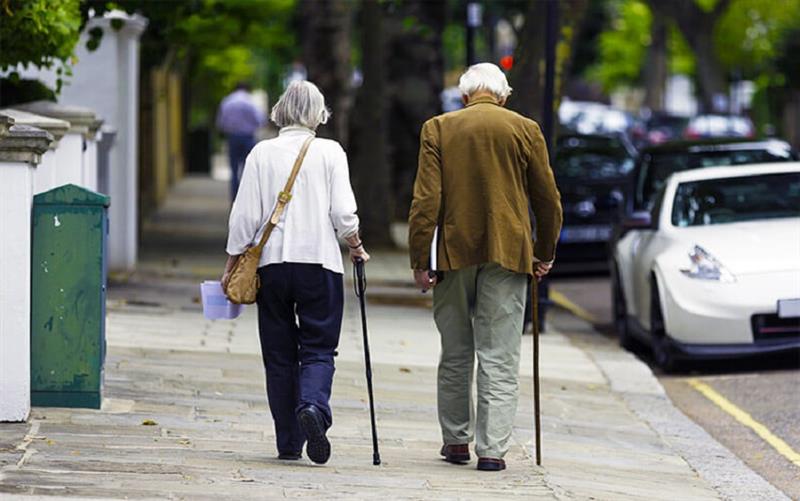
Getting acclimated to walking with a cane can take some time. A cane can help you keep your mobility and get around safely if you have an injury or condition that makes walking difficult in your ankle, foot, knee, hip, or leg.
Using a cane can help you maintain your balance, broaden your base of support, and/or relieve some of the weight off of a leg, hip, or knee that isn't working properly.
The first rule of cane walking is to hold the cane in the hand that is opposite your injured leg. You can get assistance from a physical therapist in selecting the ideal cane, determining its height, and learning how to use it appropriately.
Do You Ever Need a Cane?
Although they are occasionally required on a long-term basis, canes are frequently used for transient injuries. Conditions like:2 could necessitate the use of a cane.
- Broken lower extremity
- Chronic knee or hip pain
- Following knee or hip replacement surgery, including after joint replacement
- Rehabilitation for stroke
- Due to disease or advanced age, fragility
- Parkinson's disease, multiple sclerosis, and Huntington's disease are examples of degenerative movement diseases.
You may need to think about using a cane for walking if your condition prohibits safe functional movement.
A Cane While Walking
Some people don't realize how difficult it can be to use a cane. Coordination is needed when using a cane to move around in order to relieve as much pressure as possible from the injured limb and/or make sure you can recover if you become shaky or start to lose your balance unexpectedly.
To use a cane properly when walking:
- On the side of your body opposite your unaffected (stronger) leg, hold the cane.
- Place the cane a few inches in front of you and slightly to your side.
- Together with your affected (weaker) leg, advance the cane.
- Before advancing with the stronger leg, plant the cane firmly on the ground.
- Repeat.
When beginning out, it's crucial to take your time. Rushing merely results in loss of coordination or errors.
Getting Around Stairs
When using a cane for the first time, stairs can be particularly challenging. A handrail makes it much simpler to climb steps, but not all staircases have one. In every circumstance, using the right technique and being patient will help you climb and descend stairs.
Moving a Cane Up Stairs
When using a cane to ascend stairs:
- Put both of your feet on the same step to begin using your cane.
- Lift your powerful leg to the next step while keeping a tight grip on the cane for stability.
- Follow with your weaker leg after you have planted your foot firmly.
- Bring the leg that is weaker to the same step as the leg that is strong.
- Lift your cane back to your side once you have both feet firmly planted.
- Till you reach the top of the steps, keep doing this.
Moving a Cane Down Stairs
With a cane, descend the stairs:
- Put both of your feet on the same step to begin using your cane.
- Lower your weaker leg to the following step while keeping a tight grip on the cane for balance.
- To the same step as the weaker leg, lower your stronger leg.
- Lower your cane back to your side once you have both feet securely planted.
- Continue doing this until you get to the bottom of the steps.
Selecting the Correct Cane
It is suggested that you consult an orthopedist and/or physical therapist if you have serious mobility problems to choose the best gadget for your situation.
You might only require a single-footed (single-point) cane in some circumstances. A four-footed (quad) cane may be better suitable for persons who have more substantial mobility issues or disabilities or who are more at risk of suffering an injury from falling.
The best cane for you depends depend on the level of help you require. There are many different varieties of canes. Typical cane designs include:
- A basic walking cane in the shape of a candy cane is called a C cane. Although it offers some modest support, it might not be appropriate for those who require more.
- A functional grip cane is similar to a C cane, a functional grip cane has a straight handle that is perpendicular to the main shaft, making it more comfortable to hold than a C cane. Compared to a C cane, it offers better support, but not as much as a quad cane.
- A offset handle cane, the functional grip cane can be improved by using an offset handle. It guarantees a more uniform distribution of the user's weight, improving stability compared to a functional grip or C cane.
- A quad cane can stand on its own thanks to the four tips that create its rectangular base at the bottom. It can support more weight, handle an offset handle, and provide more stability and support than a single-tip cane.